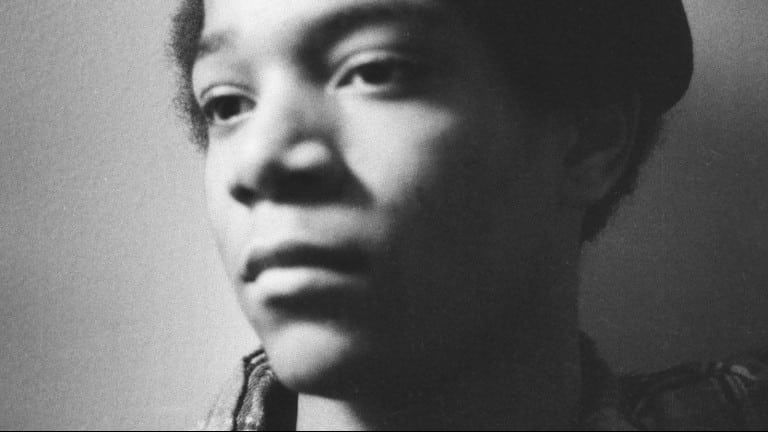
One can’t help but feel that Sara Driver has missed an opportunity for a truly exciting and insightful documentary about one of the 20th century’s most interesting and revolutionary artists with her first film since her feature, When Pigs Fly.
Although the title suggests an exploration of Jean-Michel Basquiat’s later teenage years, Driver fails to deliver. A majority of the films modest 78-minute runtime dedicates itself to exploring the emergence and proliferation of New York’s colourful art scene circa the late 1970s and 80s. Talking heads and archival footage set the stage, painting the desolate streets of America’s cultural capital as both a badlands of derelict buildings and petty crime and a haven for creatives in a state of flux, continually searching and pushing their boundaries.
Introduced into the mix as a nomadic artist and bon-vivant, is Basquiat. But, Driver’s attempt to weave her documentary’s narrative around the artist’s late teenage years is where the film slips. Driver goes through the motions documenting Basquiat’s beginnings from the Samo graffiti tag that made his name and covered the walls of downtown New York right the way through to the “Xerox days” and his first canvas painting.
And yet, Basquiat feels like a ghost, floating through a documentary in which he is the focal point. Those familiar with Basquiat will be disappointed as interviews with friends, lovers, and fellow artists provide little new in the way of insight. We learn (or rather relearn) that Basquiat came from a broken home, spent time traveling between homes, living on the floors of his friend’s apartments, and that he planned to make it big as an artist. Much is spoken about Basquiat’s boundless energy, but none of it is captured or communicated beyond the misty-eyed retelling of the documentary’s talking heads.
Not until the closing twenty minutes, when the film charts the beginning of Basquiat’s stratospheric rise, does Boom for Real come to life. And, disappointingly, for many, by this point, they will have tuned out.